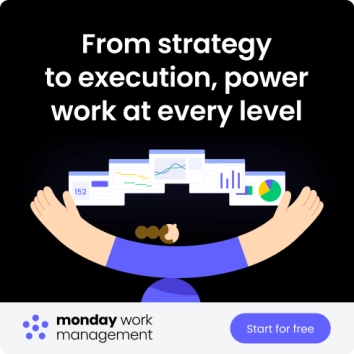Even the best strategies fail without the right people to execute them. This disconnect leads to stalled projects and talent scrambles that hold back ambitious teams. While your people are your greatest asset, many companies find themselves constantly reacting to talent gaps rather than preventing them.
Traditional tools like spreadsheets and quarterly reviews can’t keep pace with today’s work environment. The key is shifting from reactive hiring to proactive talent alignment through a platform that directly connects your strategic goals to your team’s skills and capacity.
This guide covers essential workforce planning elements, key features to look for, and reviews the 15 best software options available. You’ll discover how the right platform transforms workforce planning from guesswork into strategic advantage, empowering your team to execute flawlessly.
Key takeaways
- Proactive planning replaces reactive hiring: the best workforce planning tools empower organizations to anticipate skill gaps and align talent with long-term business goals rather than scrambling to fill roles.
- Real-time visibility drives smarter decisions: centralized dashboards and AI-powered analytics provide leaders with live insights into capacity, performance, and future workforce needs.
- Integration unlocks strategic clarity: connecting HR, finance, and project management systems ensures data flows seamlessly, eliminating silos and enabling confident, data-driven workforce decisions.
- monday dev streamlines team alignment: by integrating resource planning with development workflows, monday dev helps tech teams balance capacity, track progress, and execute faster without losing visibility.
- The right platform fuels organizational agility: scalable, secure, and customizable tools transform workforce planning into a continuous strategic advantage that grows with your business.
What is workforce planning software?
Workforce planning software helps organizations align their people strategy with their business goals. It provides real-time visibility into your team’s capacity, skills, and future needs so you can plan ahead instead of reacting to talent gaps. By connecting data on roles, workloads, and performance, it ensures the right people are always in place to deliver on key initiatives.
This proactive approach transforms workforce planning from a reactive process into a continuous, strategic discipline. It helps you identify where skills are missing, develop existing talent, and forecast hiring needs with confidence.
With monday work management and monday dev, this all comes together in one connected workspace. You can visualize your team’s capacity, balance workloads across departments, and ensure every project moves forward with the right people in the right roles.
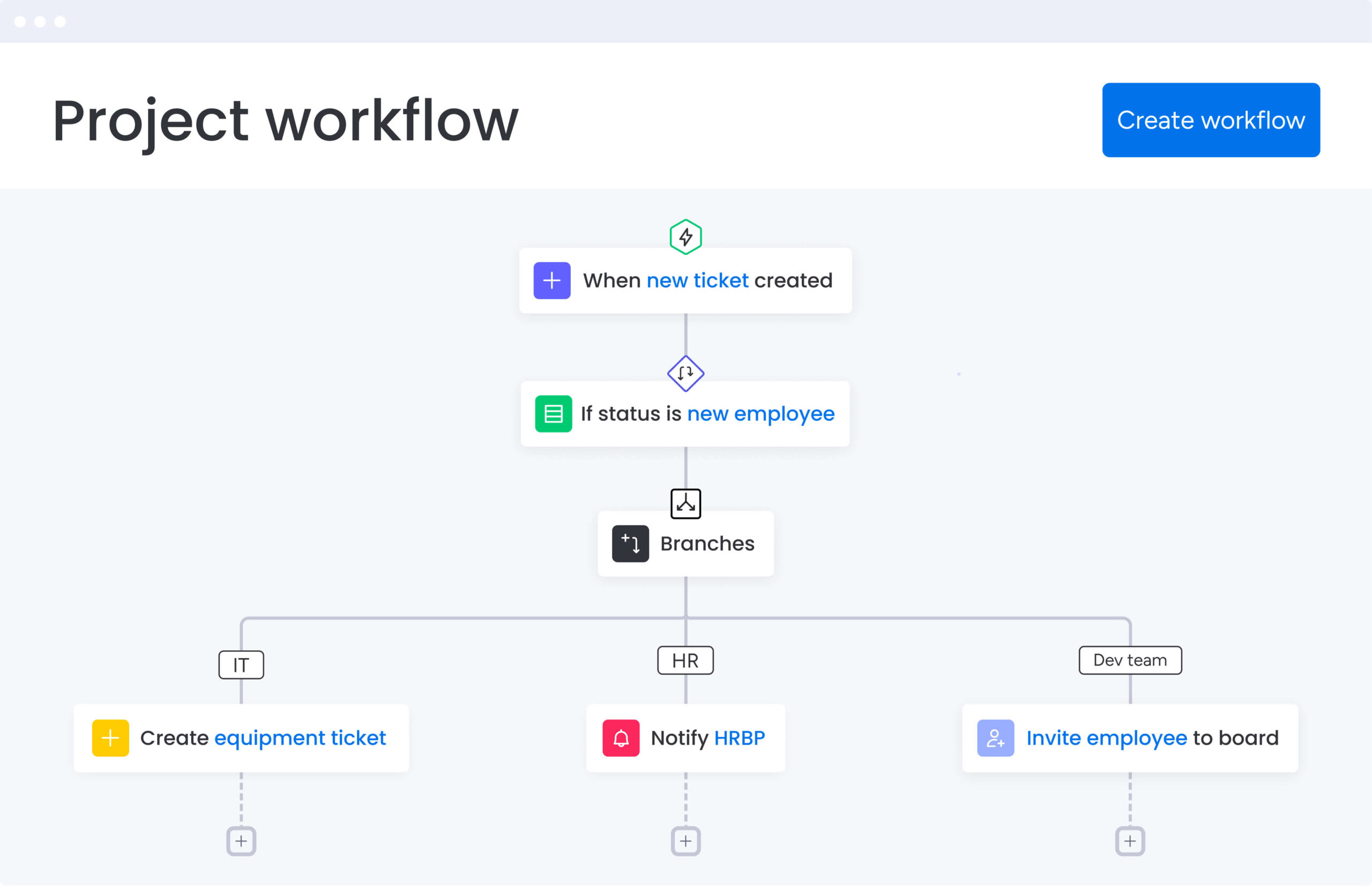
Why workforce planning matters for modern organizations
The most resilient organizations don’t just react to change — they anticipate it. Operating without a defined workforce strategy often means key initiatives stall while teams scramble to fill unexpected vacancies or find missing skills. This constant state of defense prevents you from building momentum and getting ahead.
By embedding strategic workforce planning into your operations, you gain the foresight to build for the future. This practice allows you to proactively develop your team’s talent, anticipate hiring needs, and confidently align individual skills with your most important business goals. It’s not merely about better operations; it’s about constructing a team that is built to win.
A platform like monday work management enables this strategic foresight by turning abstract plans into clear, data-driven actions. Centralizing everything from team capacity and skill sets to project timelines provides the real-time visibility needed for smart, proactive decisions. You can move forward with confidence, strategically building your workforce for what’s next.
Best workforce planning tools: key features
A great workforce planning platform does more than just track headcount; it turns your strategy into a clear, executable plan. It connects your people directly to your business goals, giving everyone the confidence to move forward together. Think of it as the bridge between scattered data and streamlined execution.
The right features don’t add complexity — they remove it, giving you powerful insights without the headache. They bring all your work into one place, anticipate your team’s needs, and grow right alongside you. Here’s what transforms a good tool into your team’s most valuable player.
Real-time analytics and dashboards
Move beyond static spreadsheets and see your workforce in real time. Customizable dashboards give you a live, visual story of everything from team capacity to skill gaps, so you can spot opportunities and solve challenges before they slow you down.
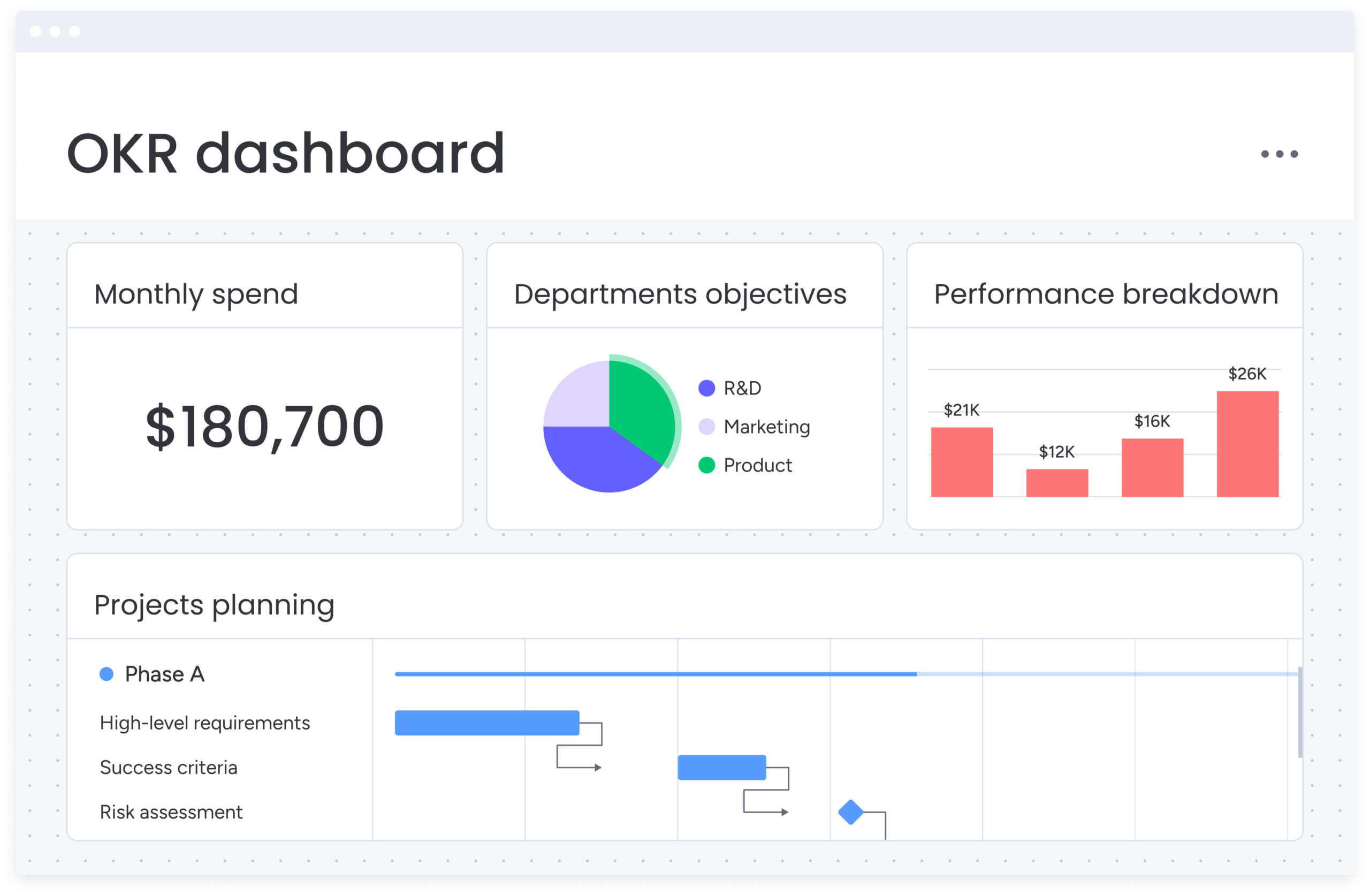
Scenario modelling capabilities
Get a playbook for the future by testing different “what-if” scenarios. This lets you see the impact of a new project or a shift in strategy on your team’s needs, turning reactive scrambling into proactive, confident planning.
AI-powered forecasting
Let AI act as your strategic partner, spotting trends and potential risks you might otherwise miss. It helps predict future hiring needs and skill demands, giving you the data to back up your intuition and make smarter decisions.
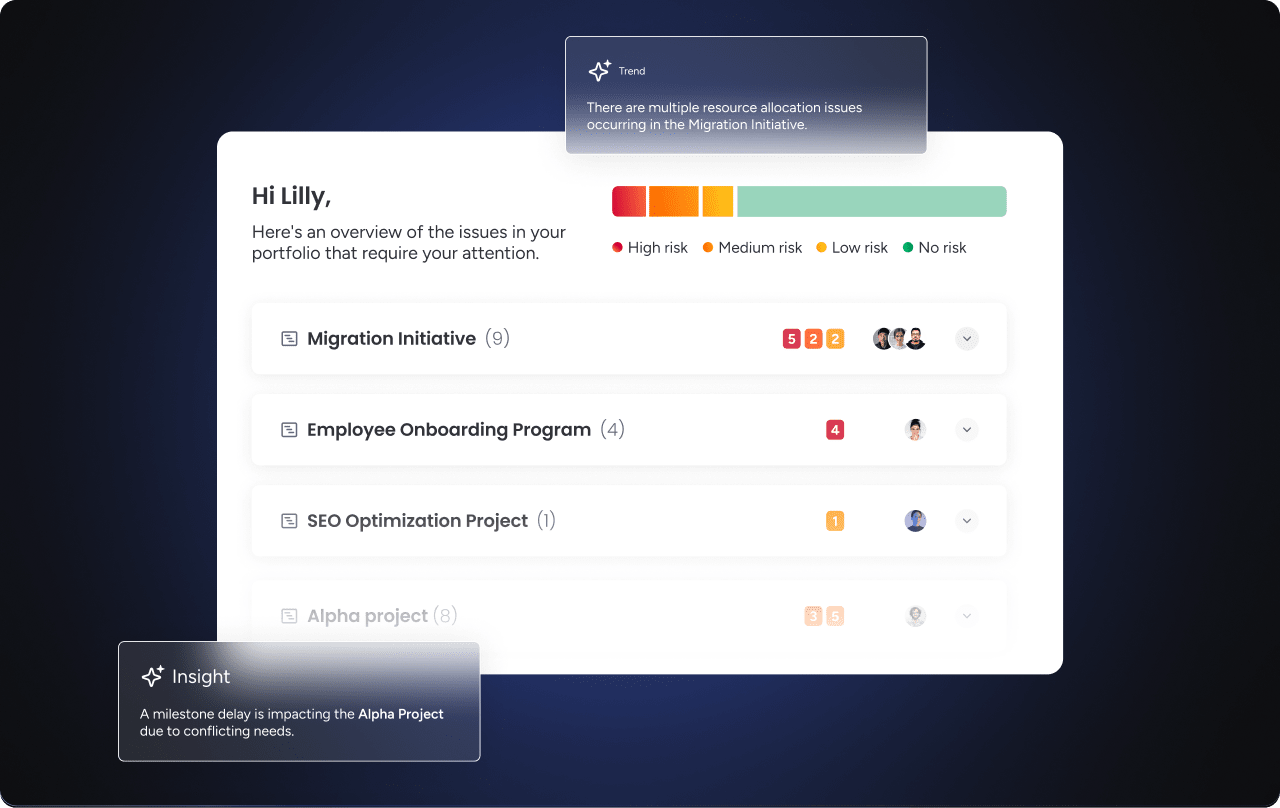
Seamless system integrations
Your tools should talk to each other, not create more work. Connect the monday.com Work OS to your existing HRIS, payroll, and other systems to create a single source of truth that eliminates manual data entry and keeps everyone aligned.

Enterprise-grade security and permissions
Collaborate with confidence, knowing your sensitive data is protected. Role-based permissions ensure the right people have access to the right information, giving you total control without creating bottlenecks for your team.

Scalable architecture
Choose a platform that’s ready to grow with you. A scalable solution adapts to your team’s evolving needs, ensuring your tool remains a powerful asset whether you’re a 50-person team or a global enterprise.
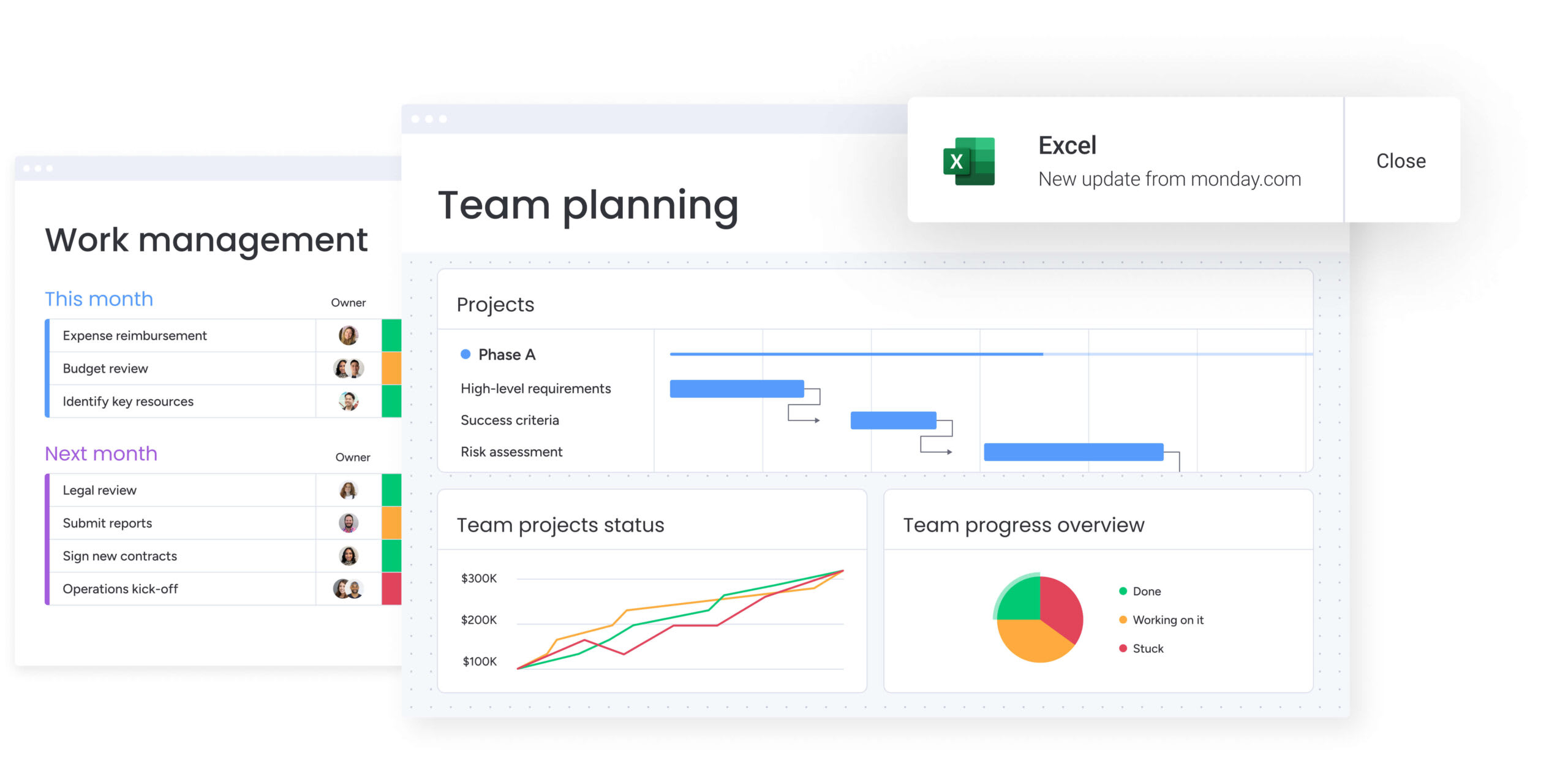
How to choose the right workforce planning system
Choosing the right system isn’t about finding software: it’s about defining how your teams win. This is your game plan for turning scattered efforts into unified execution, amplifying your team’s natural momentum instead of forcing them into a box.
You’re building the central nervous system for your entire operation, replacing clunky tools with a single source of truth that gives everyone clarity and confidence. The right choice unlocks speed and alignment; the wrong one just creates more friction.
This roadmap helps you cut through the noise and focus on what really matters. Follow these steps to choose a system that empowers your people to execute with speed, alignment, and confidence.
Pinpoint your strategic goals
Before you look at a single feature, define what success looks like for your business. Are you trying to accelerate project timelines, break down departmental silos, or get a clear view of resource capacity? Your goals should be the compass guiding your entire decision.
A rigid system can’t adapt to shifting priorities, but a flexible Work OS like monday work management is built to match your ambition. It allows you to design workflows that directly support your goals, giving your teams a clear path from plan to execution.
Connect your essential tools
Your work doesn’t happen in a vacuum, and your software shouldn’t either. Disconnected tools create data silos and kill momentum, but a unified workspace allows information to flow freely.
This is where seamless integrations become your superpower. By connecting your favorite tools directly into monday work management, you create a single source of truth that eliminates guesswork and empowers everyone to work with complete context.
Build on a foundation of trust
Managing workforce data requires a platform that protects your information without slowing your team down. Security should be built into every layer (not added as an afterthought) so your organization can move fast while staying fully compliant.
With monday work management, you get enterprise-grade security designed for seamless collaboration. It combines robust protection with the flexibility teams need to stay productive and connected.
Key capabilities include:
- Role-based permissions: control access by role or department to ensure sensitive data is only seen by the right people.
- Enterprise-grade compliance: maintain alignment with leading security standards, including SOC 2 Type II and ISO 27001.
- Advanced data encryption: safeguard all information, both in transit and at rest, across your organization.
- Granular admin controls: configure security settings and audit activity with ease, giving you full transparency and oversight.
15 best workforce planning software
Finding the right workforce planning software can feel overwhelming, with countless options promising to solve every problem. This guide is designed to provide clarity, spotlighting the top platforms for aligning your team with your most important goals.
A truly effective platform moves your planning from a reactive exercise to a proactive strategy, helping you anticipate talent gaps and match skills to your company’s objectives. It’s about building a confident, adaptable team that’s always ready for what’s next.
Let’s explore the solutions designed to turn your workforce planning into a powerful strategic advantage. We’ve broken down each one to help you find the perfect fit for your team.
1. monday work management
Transforming workforce planning from reactive scrambling into strategic advantage requires a platform built for visibility and flexibility. With its combination of visual project management and AI-powered resource allocation, monday work management enables organizations to plan smarter, adapt faster, and maintain complete oversight without sacrificing agility.
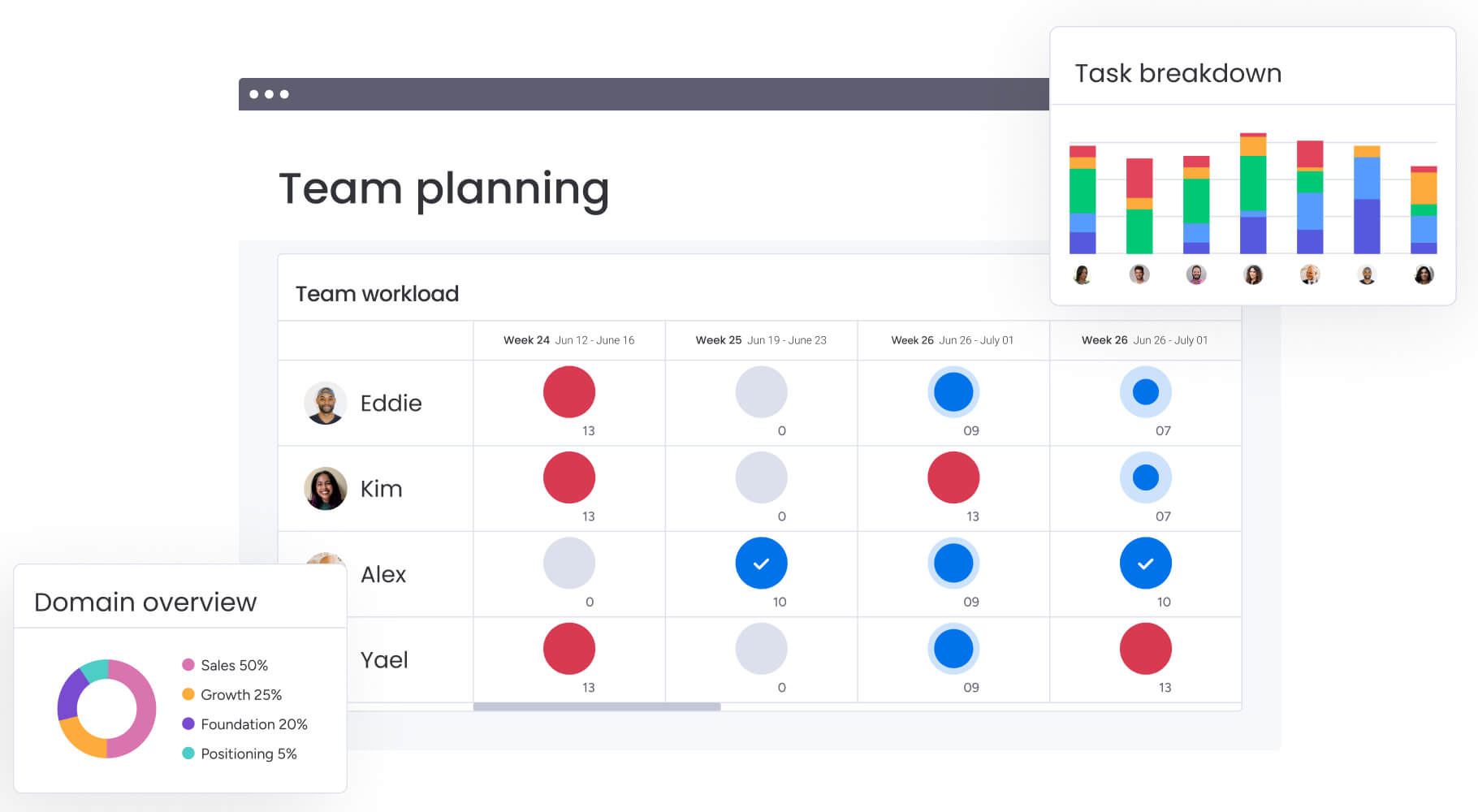
Use case
As a comprehensive workforce planning platform, monday work management connects HR processes with broader business operations to create seamless alignment between talent management and organizational goals. This integration ensures every team, project, and resource works toward the same strategic objectives.
Key features
- Customizable workforce planning templates that support skill gap analysis, recruitment tracking, and strategic workforce overview.
- AI-powered resource allocation that matches people to projects based on skills, availability, and workload capacity.
- Cross-departmental dashboards that provide real-time visibility into workforce metrics, performance data, and resource utilization across teams.
Advanced automations that eliminate busywork
Reduce manual workforce planning tasks by up to 80% with intelligent automations that handle everything from resource allocation to hiring pipeline updates, freeing your team to focus on strategic decisions rather than administrative overhead.
- Create multi-step approval workflows that automatically route headcount requests through proper channels.
- Set up conditional automations that trigger based on capacity thresholds or skill availability.
- Build custom notification systems that alert managers to potential resource conflicts before they impact deadlines.
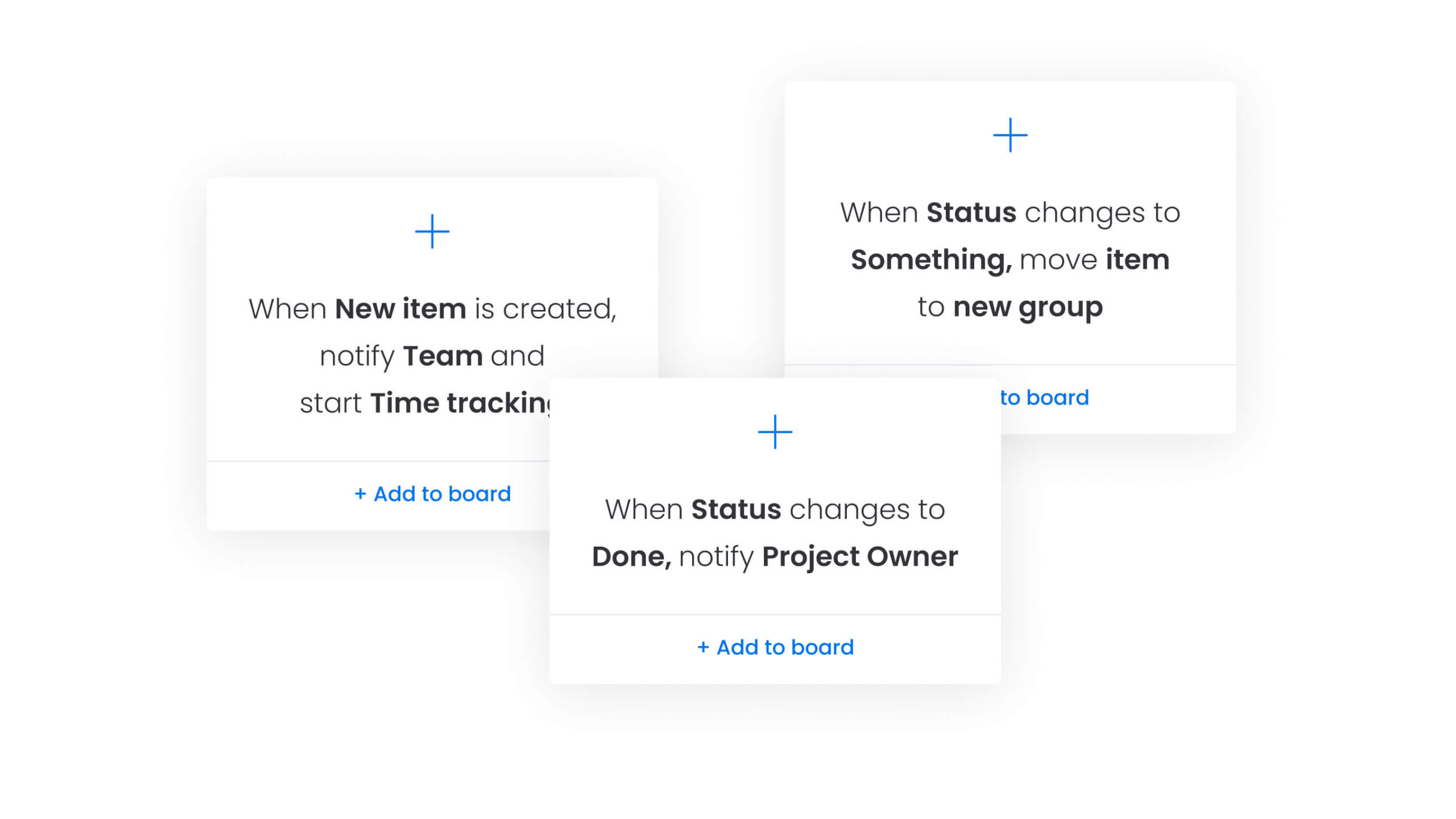
200+ integrations for seamless talent management
Connect your entire tech stack to create a unified workforce planning ecosystem that eliminates data silos and provides a complete view of your talent landscape across all platforms and departments.
- Sync with HRIS systems like Workday and BambooHR to maintain accurate employee data.
- Connect to financial platforms to align headcount planning with budgeting cycles.
- Integrate with applicant tracking systems to visualize hiring pipelines alongside resource forecasts.
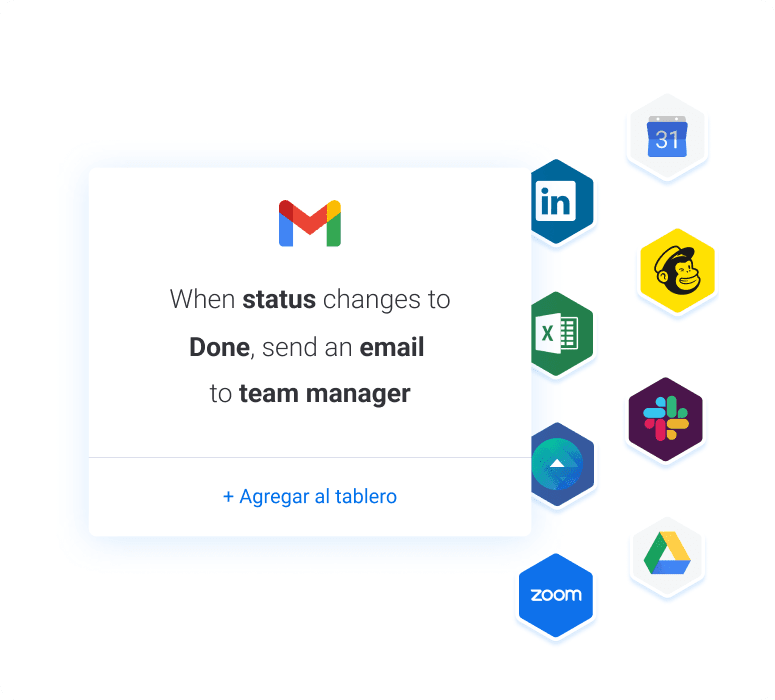
Powerful AI features that transform workforce strategy
Leverage AI-powered insights to move from reactive hiring to proactive talent development, with intelligent recommendations that help you build the right team for tomorrow’s challenges.
- Receive skill gap predictions based on upcoming project requirements and current team capabilities.
- Get AI-generated resource allocation suggestions that optimize for both productivity and employee satisfaction.
- Utilize predictive analytics to forecast future hiring needs based on growth patterns and attrition trends.
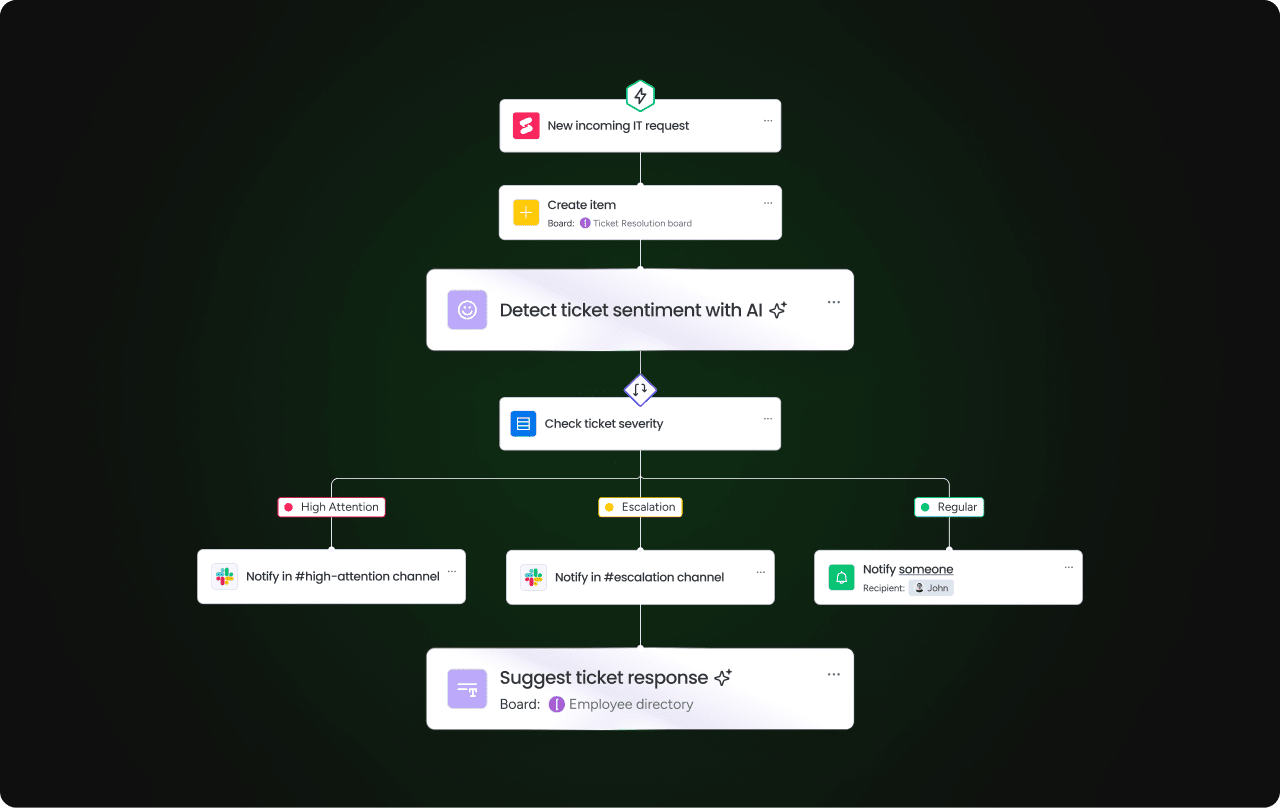
Strategic talent visualization for confident decision-making
Transform complex workforce data into intuitive visual representations that give leaders the clarity to make informed talent decisions with confidence and precision.
- Create dynamic organizational charts that visualize both current structure and future-state scenarios.
- Build interactive skills matrices that map team capabilities against strategic priorities.
- Design custom workforce dashboards that highlight critical metrics for different stakeholder groups.
Pricing
- Free: $0 (up to two seats, three boards, basic features).
- Basic: $9/month per seat (billed annually, unlimited items, 5GB storage).
- Standard: $12/month per seat (billed annually, includes timeline views, automations, integrations).
- Pro: $19/month per seat (billed annually, adds time tracking, advanced automations, private boards).
- Enterprise: Contact sales (includes portfolio management, enterprise security, advanced analytics).
- Savings: 18% savings on annual plans (minimum three users required, non-profit discounts also available).
Why it stands out
- Work OS approach integrates workforce planning with project management, creating seamless alignment between HR strategy and operational execution.
- No-code customization allows HR teams to build their own workflows and processes without technical expertise, adapting to unique organizational needs.
- Visual workload management provides instant clarity on team capacity and resource distribution, preventing burnout while maximizing productivity.
2. Workday Adaptive Planning
Workday Adaptive Planning provides an enterprise-grade solution that seamlessly connects HR strategy with financial execution. The platform specializes in real-time scenario modelling and deep financial integration, making it ideal for large organizations managing complex workforce transformations.
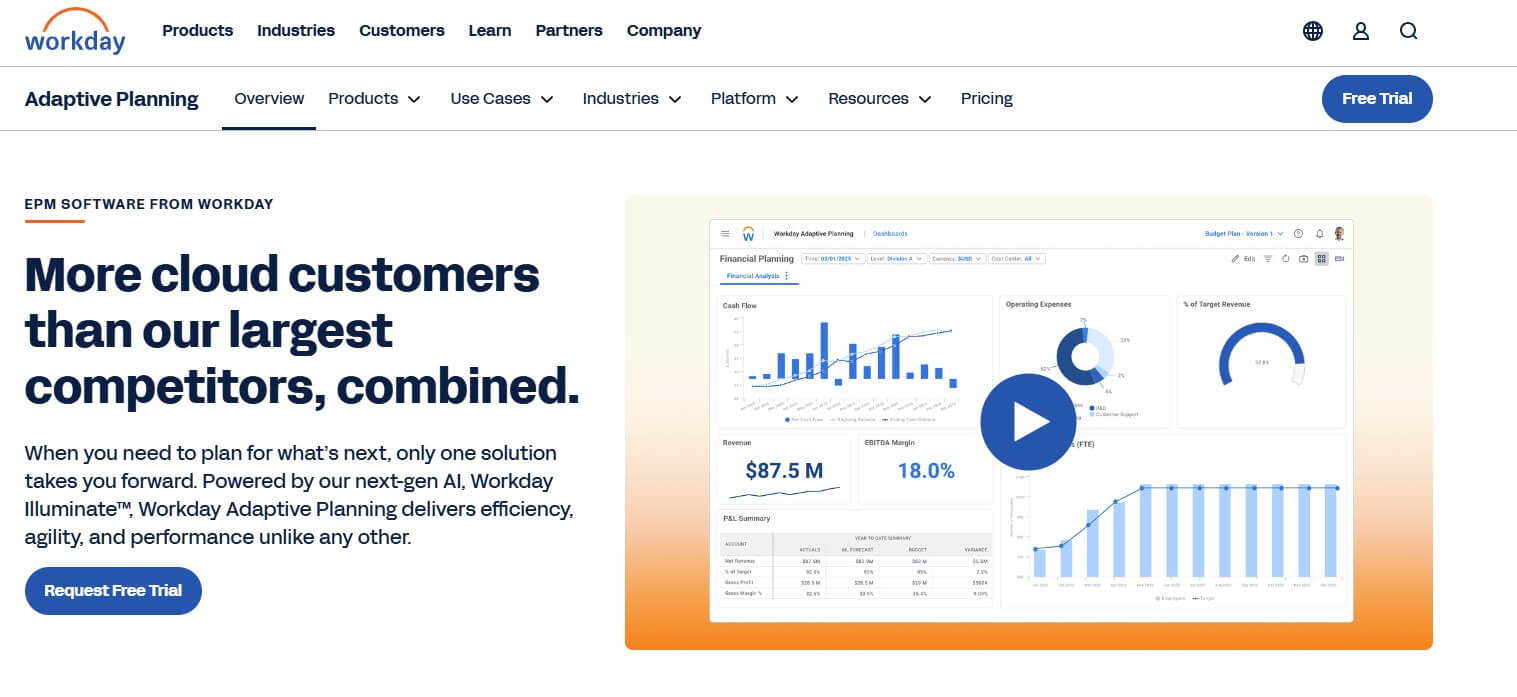
Use case
Workday Adaptive Planning unifies scattered workforce data into cohesive strategic plans, aligning talent decisions with business objectives through powerful modelling and real-time analytics.
Key features
- Driver-based scenario planning: model hiring, transfers, and retention plans with instant cost impact visibility across multiple workforce dimensions.
- Unified financial integration: link workforce plans directly to financial models for seamless headcount and budget alignment.
- Real-time collaboration: enable HR, finance, and business leaders to work together on workforce strategies through shared dashboards and workflows.
Pricing
- Workday Adaptive Planning: custom pricing based on organization size and needs.
- Workday Adaptive Planning Close & Consolidation: custom pricing with additional financial consolidation features.
- free-trial: 30-day trial available.
- Detailed pricing quotes: contact Workday sales directly.
Considerations
- Initial setup and implementation can be complex, often requiring external consultant assistance for optimal configuration.
- Steep learning curve for advanced features may slow user adoption across teams.
3. Anaplan
Anaplan’s platform is engineered for connected planning across HR, finance, and operations, elevating workforce management from reactive headcount tracking to strategic talent optimization. It is particularly well-suited for large enterprises managing multi-departmental workforce strategies.
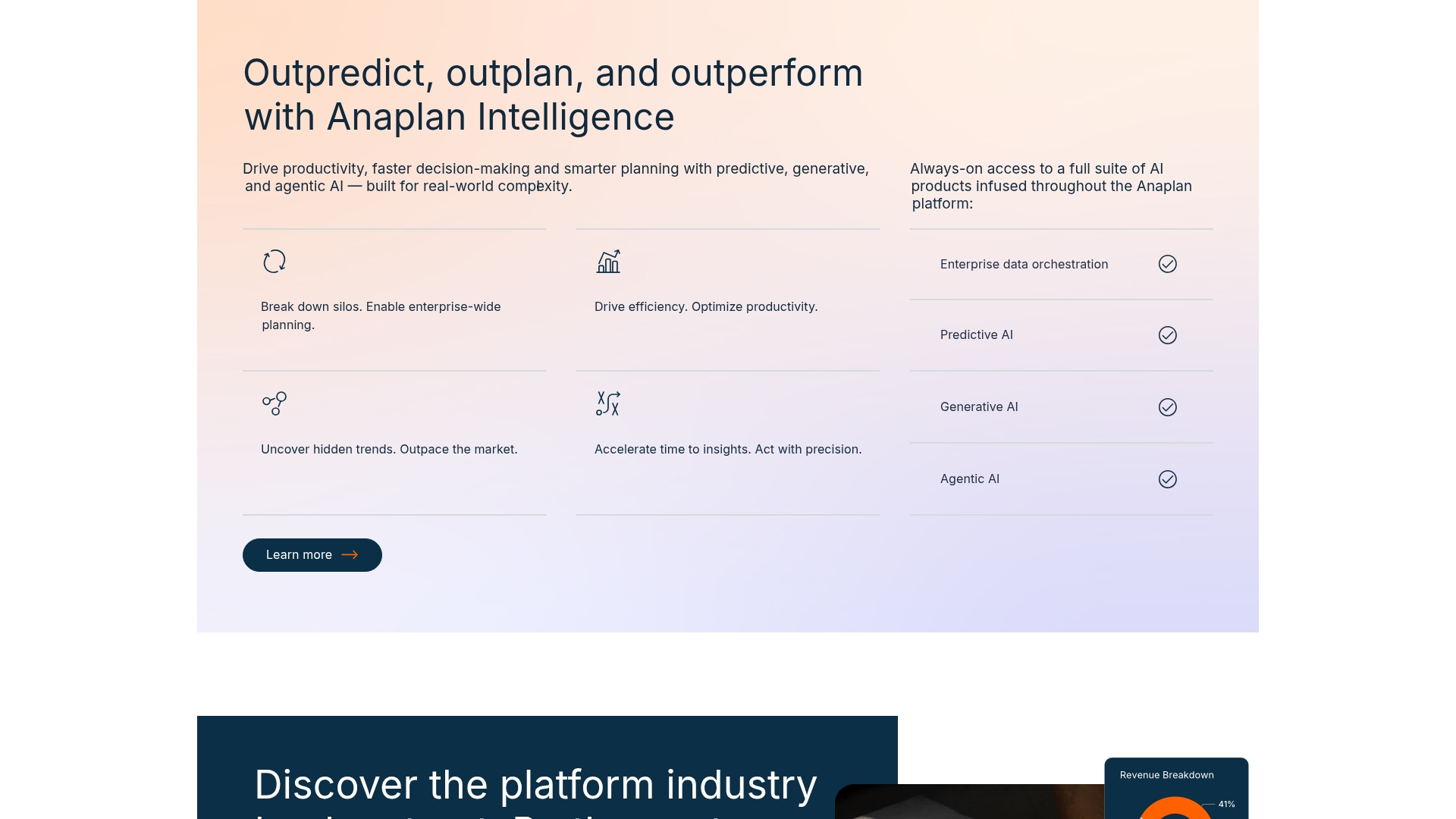
Use case
Anaplan enables enterprise-level workforce planning by connecting strategic talent decisions with financial planning and operational execution across departments.
Key features
- Strategic workforce planning: model critical skills requirements against business initiatives and identify talent gaps over multiple fiscal years.
- Scenario modelling: run “what-if” analyses to assess workforce impact from mergers, market shifts, or organizational changes.
- Real-time collaboration: unite HR, finance, and business leaders on a single platform with live data integration and instant calculation updates.
Pricing
Pricing information is not publicly available on Anaplan’s website. Organizations must contact Anaplan directly or request a demo to receive custom pricing based on their specific requirements and scale.
Considerations
- Steep learning curve: advanced modelling features require significant training and expertise, with most workforce planning models needing to be built from scratch.
- High cost barrier: the platform’s enterprise pricing may result in longer ROI timelines, particularly for smaller organizations that won’t fully utilize its complex capabilities.
4. Planful
For finance teams aiming to align workforce investments with business objectives, Planful offers a solution for continuous planning and scenario modelling. The platform moves workforce planning away from reactive spreadsheet chaos and toward strategic, finance-driven decision-making.
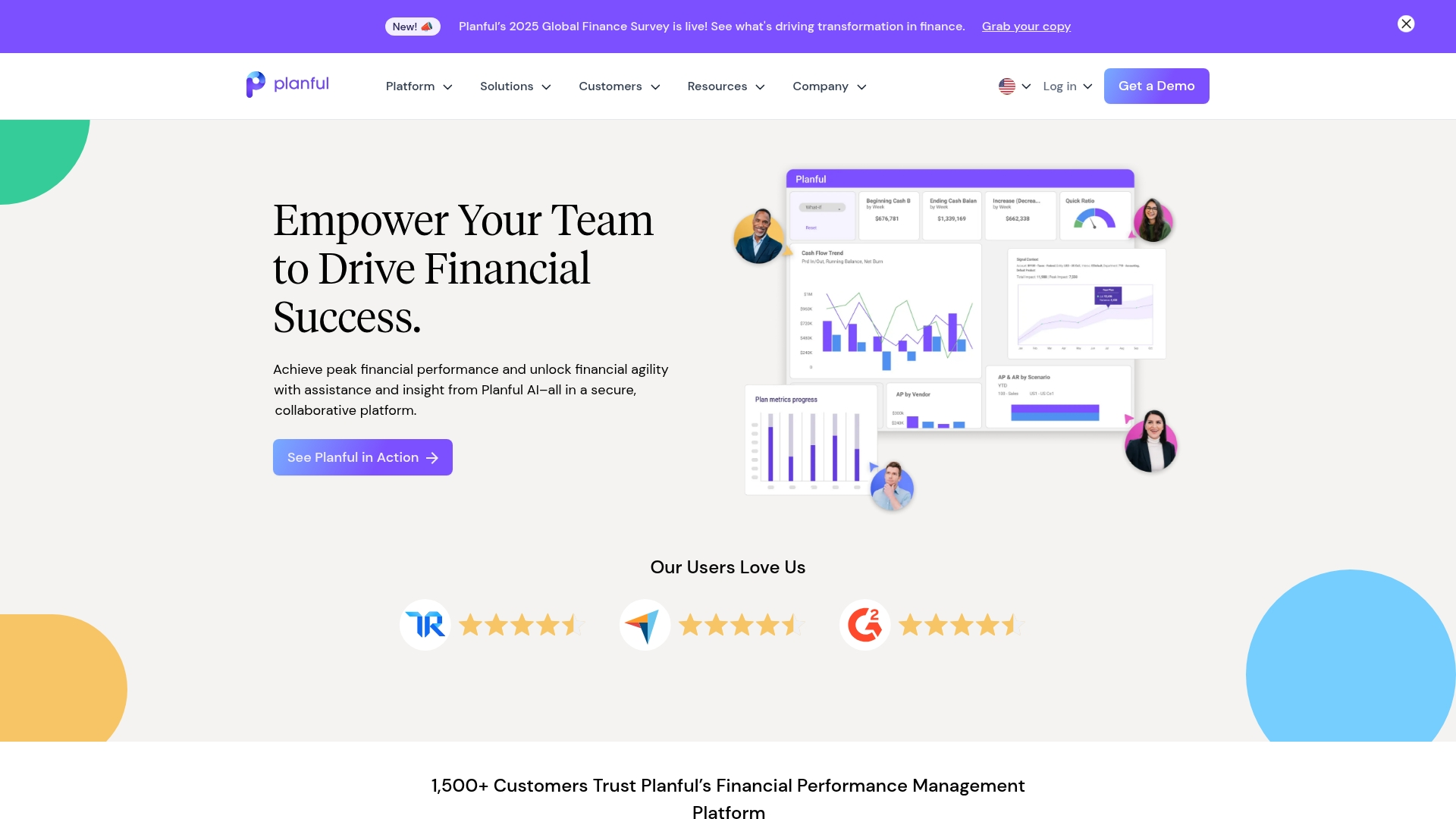
Use case
Planful provides finance and HR teams with a collaborative workforce planning platform that integrates with existing financial systems to deliver real-time insights and strategic workforce optimization.
Key features
- Scenario modelling capabilities: create multiple “what-if” scenarios to understand the financial impact of different workforce strategies.
- Advanced Workforce Pro module: offering granular cost transparency, custom compensation logic, and live headcount tracking.
- Seamless integration: with HRIS, ERP, and payroll systems to create a single source of truth for all workforce data.
Pricing
Pricing information is not publicly available. Contact Planful directly for custom quotes and demo requests. Generally positioned as cost-competitive compared to enterprise-focused competitors.
Considerations
- Initial implementation can be complex with a steep learning curve for administrators.
- Excel add-in functionality is optimized for Windows environments, which may limit Mac users.
5. Orgvue
Orgvue excels at turning complex organizational data into visual, actionable workforce insights that drive strategic decision-making. By combining organizational design with strategic workforce planning, it is ideal for large enterprises navigating transformation, restructuring, or major business changes.
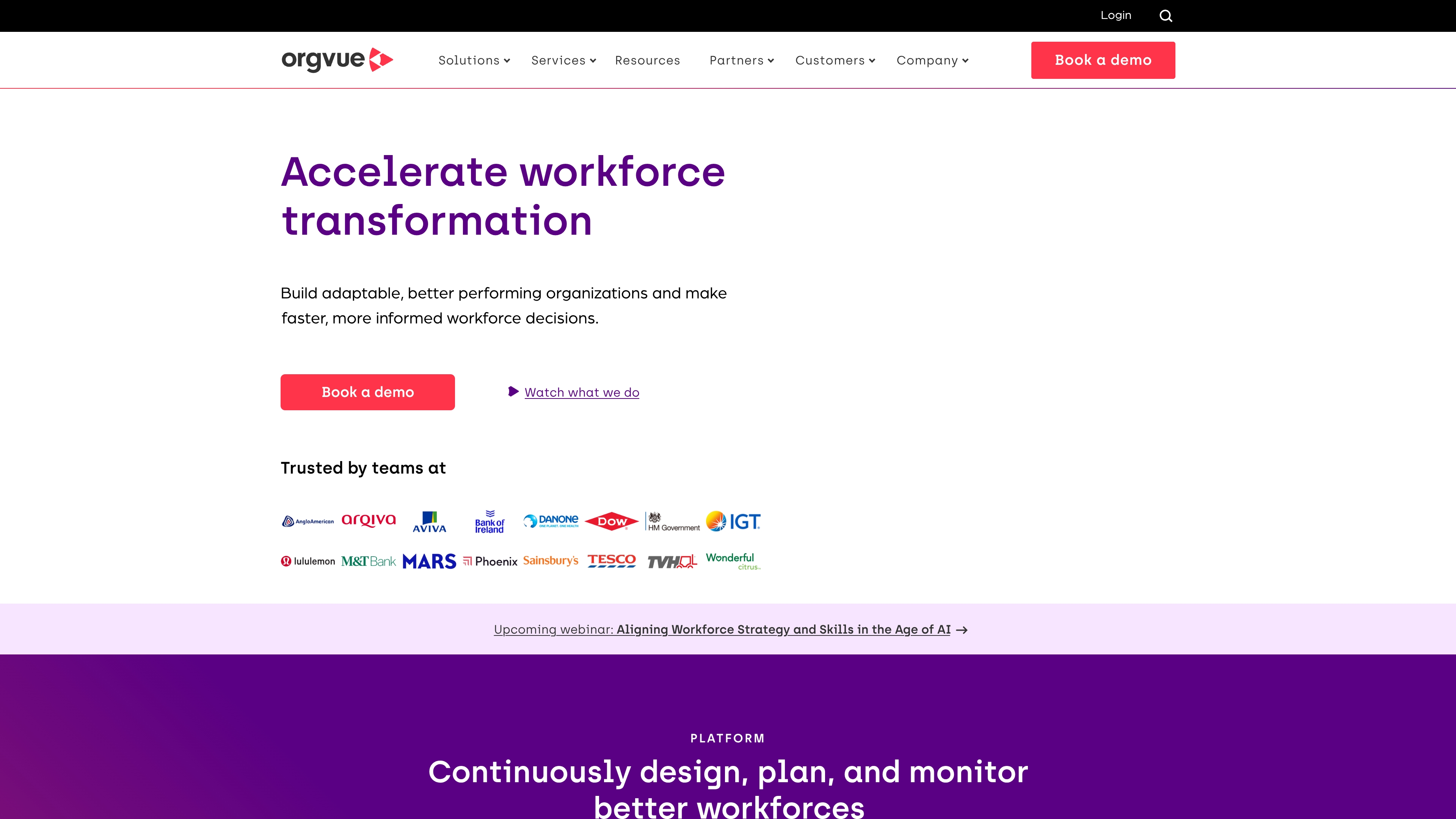
Use case
Orgvue enables organizations to visualize their workforce structure, model future scenarios, and align talent strategy with business objectives through powerful data integration and scenario planning capabilities.
Key features
- Data harmonization: integrates HR, finance, and business system data into a unified workforce planning baseline.
- Scenario modelling: simulates organizational changes and workforce scenarios with real-time cost and headcount impact analysis.
- Visual organizational design: creates interactive org charts and workforce visualizations for strategic planning and stakeholder communication.
Pricing
Pricing information is not publicly available. Organizations must contact Orgvue directly for custom quotes based on their specific needs and implementation requirements.
Considerations
- Steep learning curve for advanced features, particularly for users new to workforce planning platforms.
- Manual data uploads can be challenging without proper system integrations, potentially slowing down planning cycles.
6. Vena
By integrating the familiar power of Excel into a centralized, enterprise-grade platform, Vena offers a unique approach to workforce planning. The solution is designed specifically for finance-driven organizations that want to maintain their Excel expertise while gaining the structure and control of dedicated software.
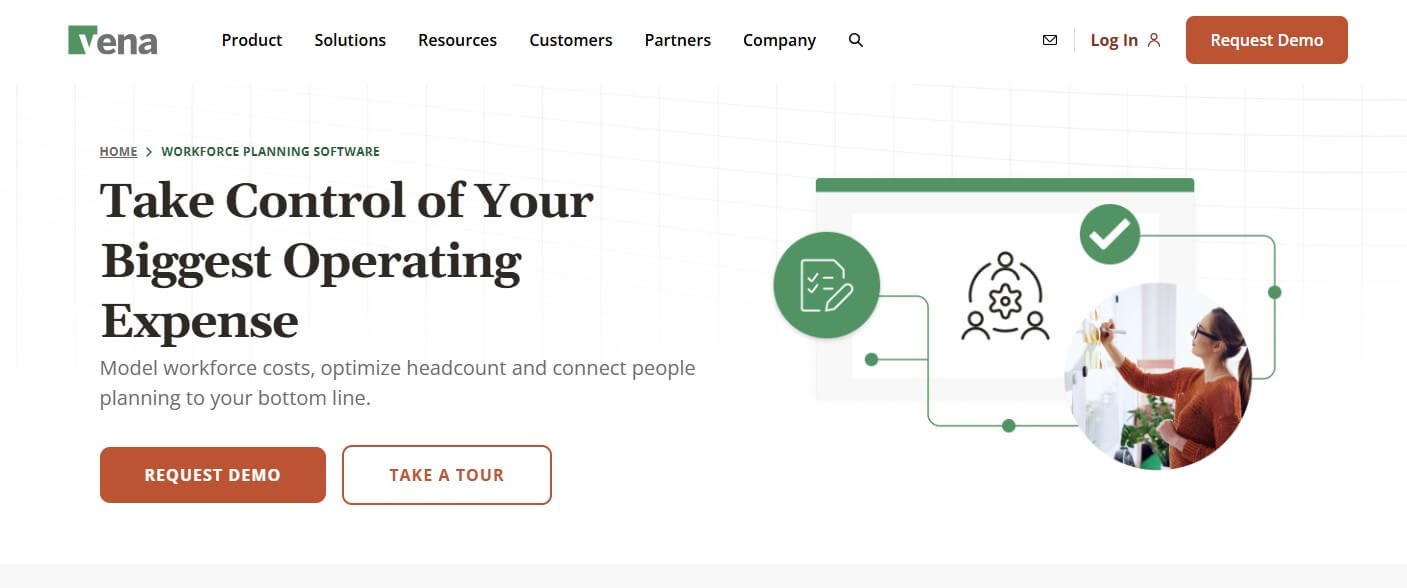
Use case
Vena empowers finance and HR teams to model workforce costs, optimize headcount planning, and connect people planning directly to financial outcomes through an Excel-native interface.
Key features
- Employee-level planning: plan salaries, benefits, and taxes by department, employee, and position with both bottom-up inputs and top-down driver assumptions.
- Automated payroll calculations: pre-built logic for FICA, FUTA, SUTA, 401(k), and international benefits across the US, Canada, and UK.
- Scenario modelling: perform “what-if” analysis to understand financial impact of payroll changes, tax rate adjustments, or organizational restructuring.
Pricing
- Professional plan: includes Vena Platform, Customer Success Manager, Standard Support, and Vena Copilot (pricing available upon request).
- Complete plan: everything in Professional plus Vena Insights, Premium Support, Sandbox Environment, and Expert Managed Services (pricing available upon request).
- Flexible licensing: available for Power Users, Contributors, and View Only users.
- Special discounts: available for non-profit organizations and Microsoft Dynamics 365 Business Central users.
- Limited-time offer: free year of Vena plus 40% off implementation costs for new Microsoft Dynamics 365 Business Central customers.
Considerations
- Excel-native approach may not appeal to organizations looking to move away from spreadsheet-based planning entirely.
- Initial setup and implementation can be time-consuming and may require professional services for optimal configuration.
7. Aeqium
Aeqium specializes in highly customizable compensation management, streamlining complex planning from spreadsheet chaos into data-driven processes. The platform is ideal for growing enterprises that need flexible solutions without the rigidity of traditional HR systems.
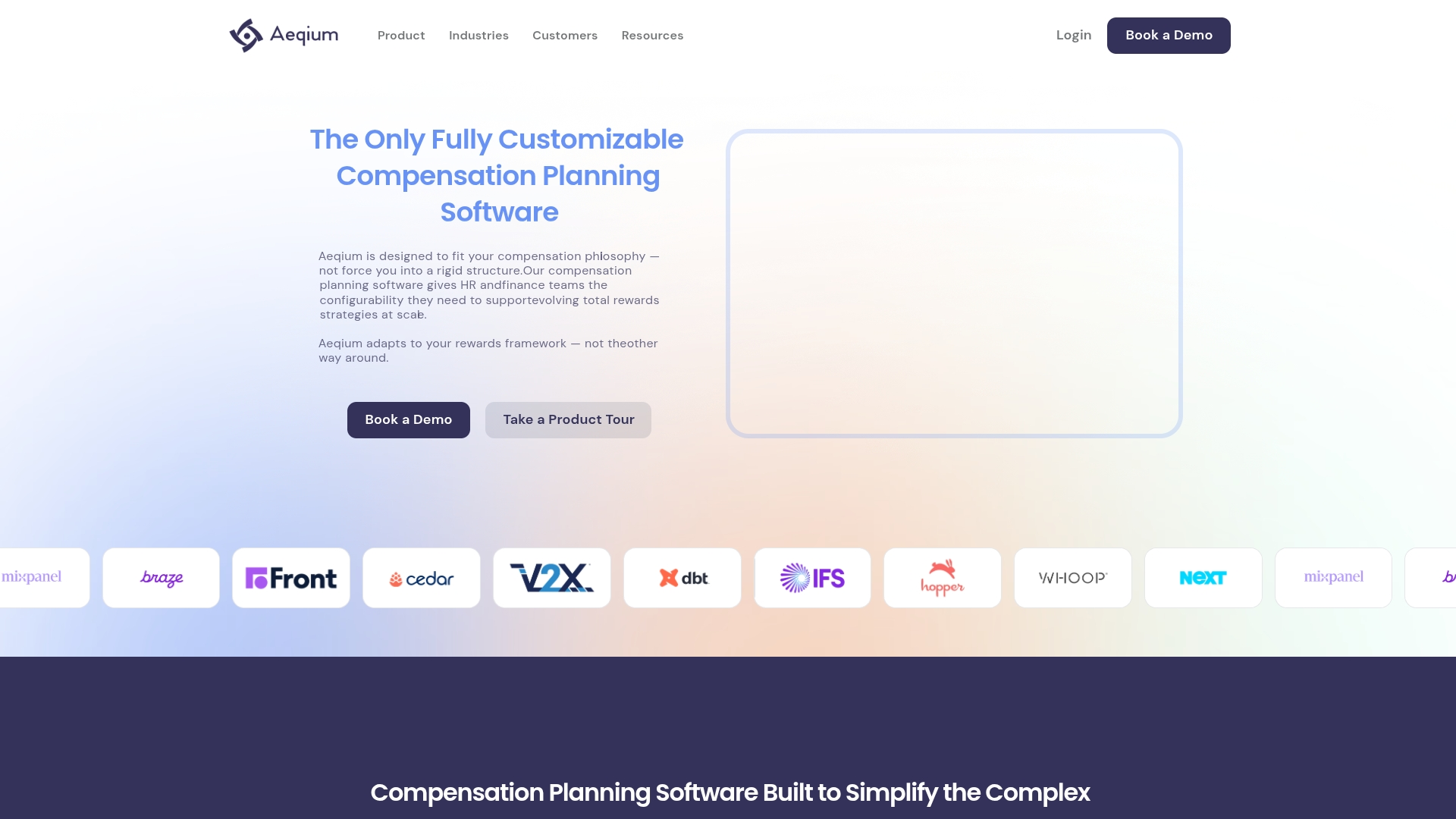
Use case
Aeqium provides a specialized workforce planning platform focused on compensation management, enabling HR and finance teams to design automated workflows for merit cycles, bonus plans, and equity distribution while maintaining complete customization control.
Key features
- Customizable compensation cycles: design and automate merit increases, bonuses, and equity reviews with custom formulas and approval chains
- Scenario modelling capabilities: run “what-if” analyses to model the financial impact of different compensation scenarios and budget adjustments.
- Comprehensive compensation bands: create, manage, and visualize equitable salary ranges to maintain internal parity and strategic alignment.
Pricing
- Custom pricing: scalable plans tailored to business needs with no publicly listed costs.
- Free configuration: complete compensation process setup included when booking a demo.
- Contact required: detailed pricing available through direct consultation only.
Considerations
- Limited scope as it focuses specifically on compensation rather than comprehensive workforce planning tools.
- Requires integration with other systems for complete strategic workforce planning functionality.
8. Agentnoon
Agentnoon simplifies complex organizational planning with data-driven workforce strategies designed for large enterprises. It supports restructuring, mergers, and rapid growth with ease, managing org charts of up to 500,000 employees. The platform combines real-time scenario modeling with AI-powered analytics and is backed by SOC 2 Type II and ISO 27001 certifications, ensuring strong security and reliability.
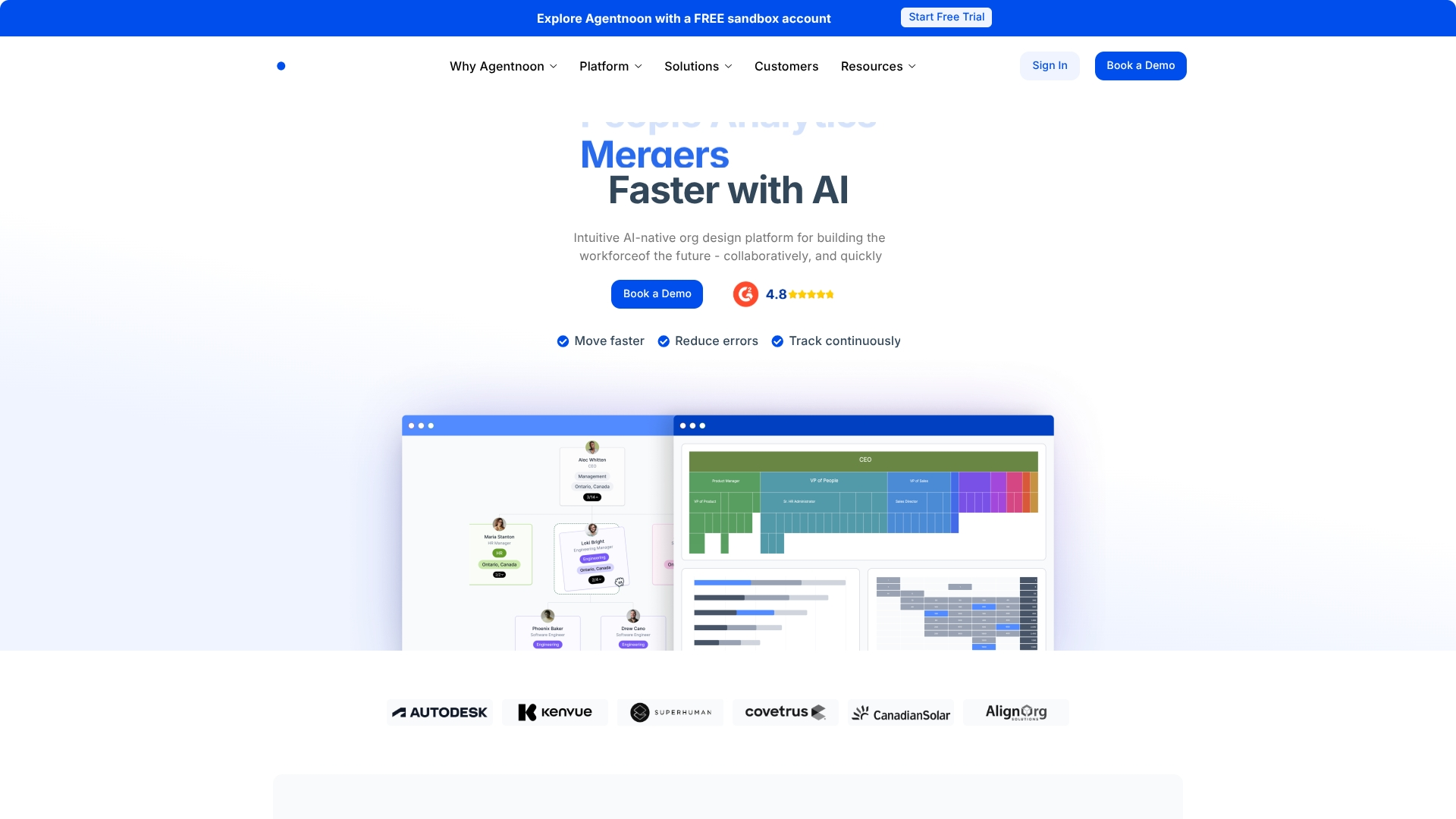
Use case
Model multiple workforce scenarios in an instant to see the financial and structural impact of decisions. You can visualize changes related to headcount, roles, skills, and overall organizational design before you put them into action.
Key features
- Drag-and-drop scenario planning: build and compare multiple workforce scenarios to understand cost implications and structural changes in real time.
- AI-powered organizational insights: use AI to get insights on performance, find skill gaps, and check on your organization’s health.
- Position-based workforce modelling: plan around skills and roles — not just headcount — for smarter talent allocation and succession planning
Pricing
- SMB plan: $4/employee/month for organizations under 2,500 employees
- Enterprise plan: custom pricing, with some sources noting costs as high as $899–$1,000 per user per month.
- Free sandbox account: available to try out the platform’s features.
Considerations
- The interface is desktop-only, which limits planning on the go.
- Some integrations, like with Workday, may require manual data uploads.
9. Paylocity
Paylocity delivers comprehensive HR and payroll solutions with integrated workforce planning capabilities for mid-sized businesses. The platform specializes in unifying Finance, HR, and recruiting teams through its new Headcount Planning tool, making it ideal for organizations looking to streamline their hiring processes and budget management.
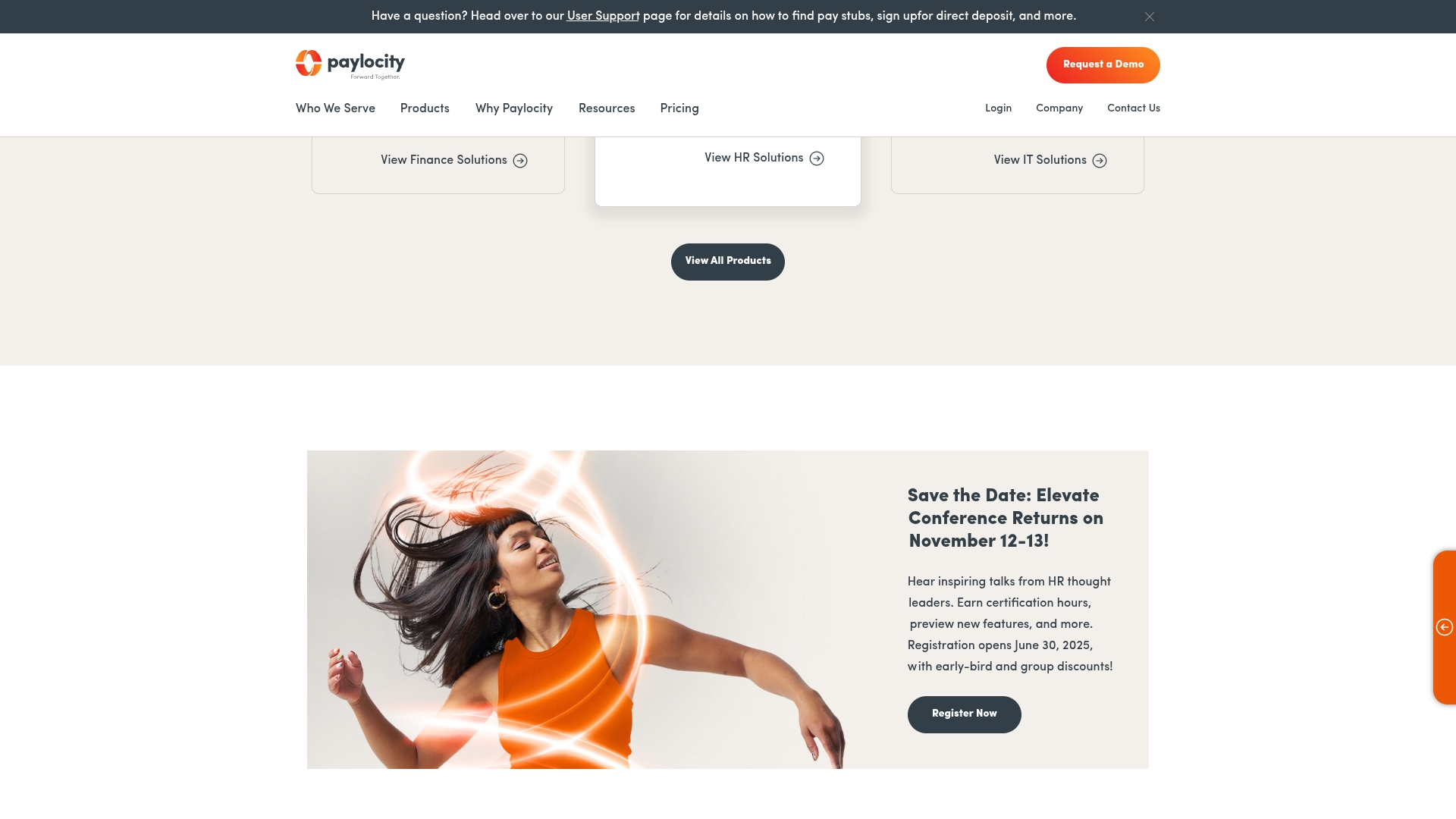
Use case
Paylocity’s workforce planning tools help mid-sized businesses eliminate manual spreadsheet processes by providing a centralized platform where Finance, HR, and recruiting teams can collaborate on headcount planning, budget forecasting, and hiring execution.
Key features
- Centralized headcount planning: create and manage annual workforce plans with real-time budget updates and customizable approval workflows.
- Automated recruiting integration: approved headcount flows directly into the recruiting module, accelerating the hiring process from planning to execution.
- Real-time data synchronization: leverages live HR and payroll data for accurate forecasting and automated updates based on employee lifecycle events.
Pricing
- Custom pricing: Paylocity offers flexible, tailored pricing based on selected modules and organizational needs. Contact Paylocity directly for personalized pricing information.
Considerations
- The Headcount Planning tool is relatively new, which may mean limited long-term user feedback and potential feature maturity gaps.
- Implementation can be complex and may require significant self-teaching, with some users reporting inconsistent customer support experiences.
10. Lightcast
Leveraging comprehensive labor market intelligence, Lightcast shifts workforce planning from guesswork to data-driven strategy. The platform specializes in real-time skills analysis and career pathway mapping, making it ideal for organizations that need to understand both current talent landscapes and future workforce trends.
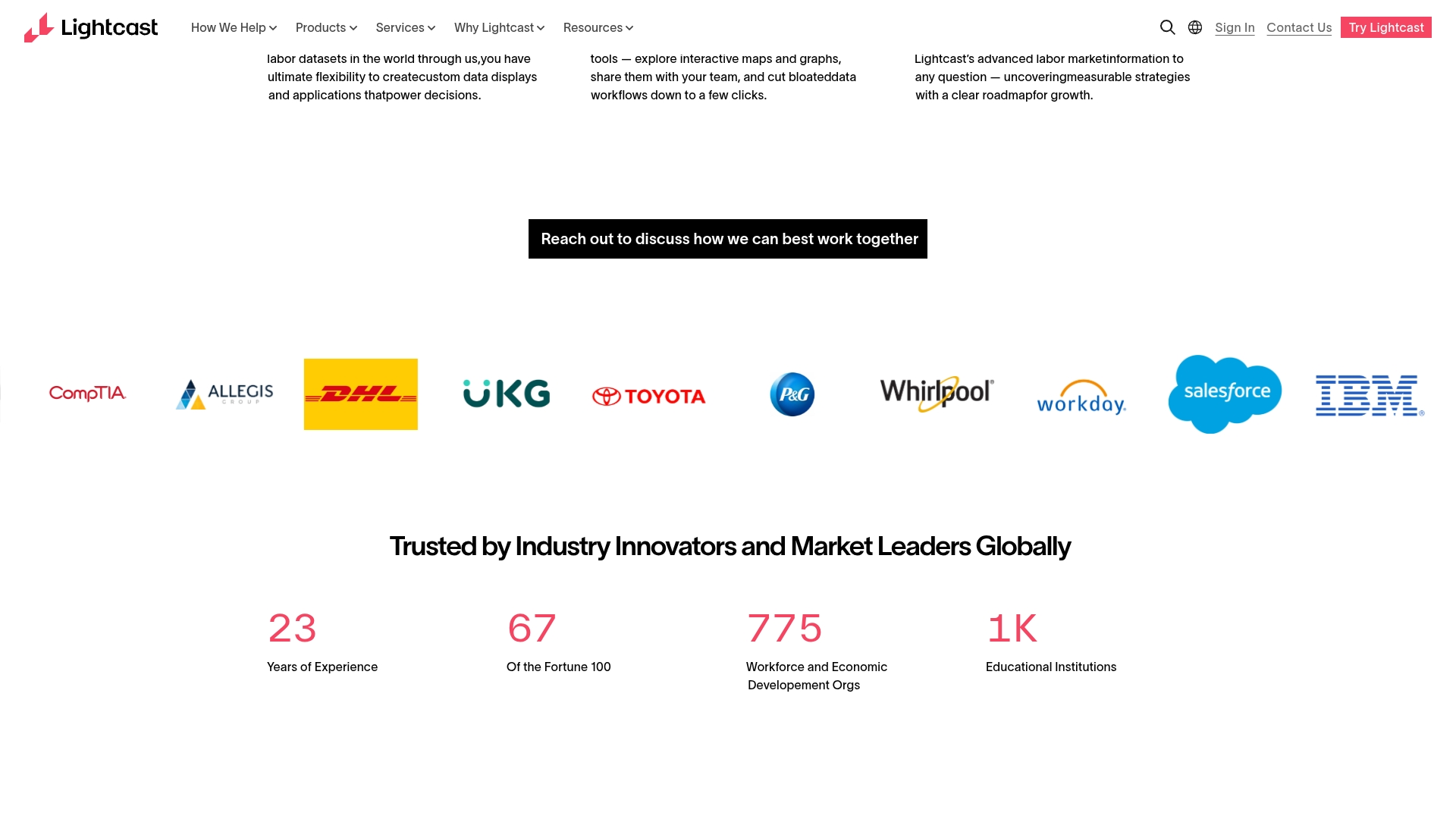
Use case
Lightcast empowers organizations to build future-ready workforces by leveraging over 18 billion labor market data points to identify skill gaps, benchmark against competitors, and create strategic talent acquisition plans.
Key features
- Real-time labor market analytics: track skill demand by sector, location, and role to provide current workforce intelligence.
- Skills Disruption Index: identifies which jobs are evolving fastest, enabling proactive planning for future skill needs.
- Career Pathway Intelligence: maps typical career trajectories and identifies internal mobility opportunities for retention.
Pricing
- Custom pricing: contact Lightcast directly for tailored quotes based on organizational needs and solution requirements.
- Options include: ongoing software subscriptions, one-time consulting projects, and API access.
Considerations
- Data coverage can be less robust in some global regions compared to North America.
- The platform’s extensive data and features may present a learning curve for new users.
11. Planday
Planday delivers comprehensive workforce planning software designed specifically for shift-based businesses. The platform excels at combining scheduling, time tracking, and team communication in one unified system, making it particularly valuable for hospitality, retail, and healthcare organizations managing complex shift patterns.
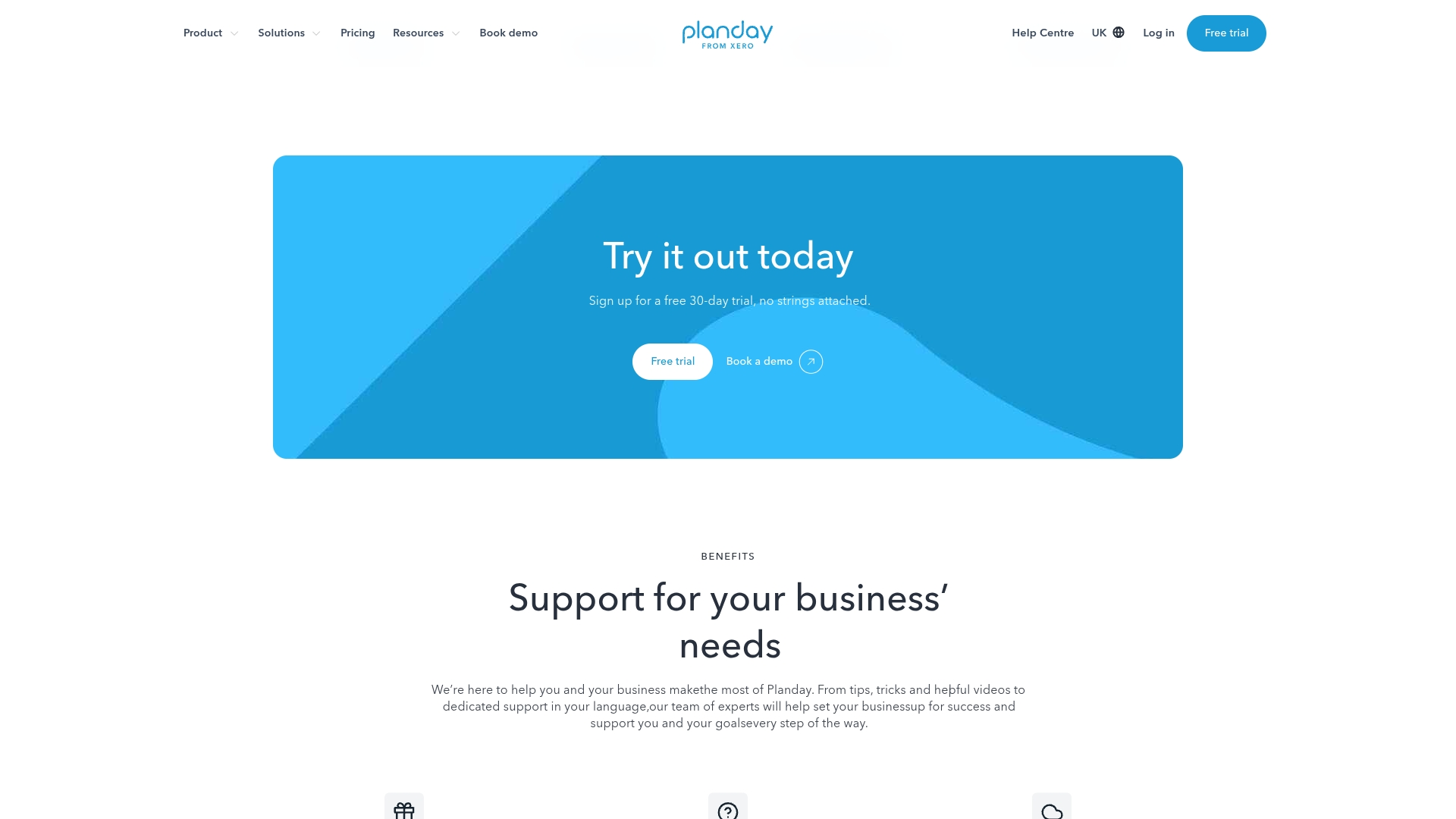
Use case
Planday streamlines workforce planning for shift-based businesses by enabling collaborative scheduling, automated compliance monitoring, and real-time communication between managers and employees.
Key features
- Collaborative scheduling: employees can set availability and request shift swaps, while managers maintain final approval control.
- Compliance management: built-in warnings for labor law violations including mandatory rest periods and maximum shift hours.
- Revenue forecasting integration: connect staffing levels to demand forecasts, optimizing labor costs against expected business volume.
Pricing
- Starter: $2.99/user/month (minimum five users, sold in groups of five).
- Plus: $4.49/user/month plus $15 monthly subscription fee (minimum ten users, sold in groups of five).
- Pro: custom pricing for larger teams with advanced features.
- Free-trial: all plans include a 30-day free-trial with no credit card required.
Considerations
- Limited project-based time tracking capabilities compared to more comprehensive workforce planning platforms.
- Reporting functionality lacks customization options and advanced visual data representation features.
12. Visier
Through its AI-powered people analytics, Visier elevates workforce planning from guesswork into a source of strategic advantage. The platform specializes in predictive insights and scenario modelling, making it ideal for data-driven HR teams who need to align workforce strategy with business objectives.
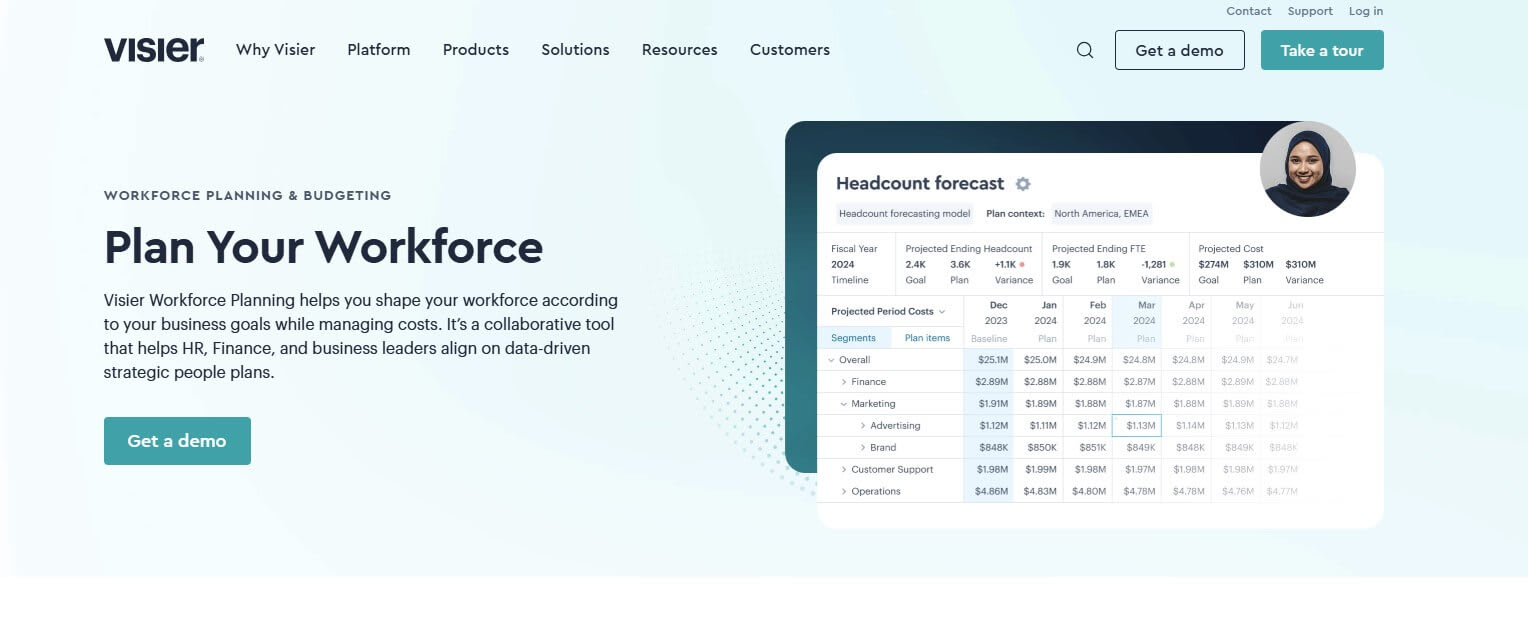
Use case
Visier enables organizations to move beyond static annual planning to continuous, data-driven workforce planning that adapts to rapid market changes and aligns with strategic business goals.
Key features
- Skills Intelligence Engine: provides insights into current workforce capabilities, identifies skill gaps, and helps plan for future talent needs.
- Advanced scenario modeling: allows organizations to test various workforce strategies and understand potential impacts before implementation.
- Integrated people and business data: connects HR metrics with financial outcomes to demonstrate workforce ROI and strategic value.
Pricing
No specific pricing information is publicly available. Contact Visier directly for custom enterprise pricing based on your organization’s size and requirements.
Considerations
- Steep learning curve for new users may require additional training and onboarding resources.
- Limited customization options in certain visualizations and reporting features may restrict some advanced use cases.
13. Smartsheet
Smartsheet brings strategic clarity to workforce planning with its familiar grid-based interface. The platform specializes in resource management and capacity planning, making it ideal for project-driven teams who need to balance workloads while maintaining the flexibility of spreadsheet functionality.
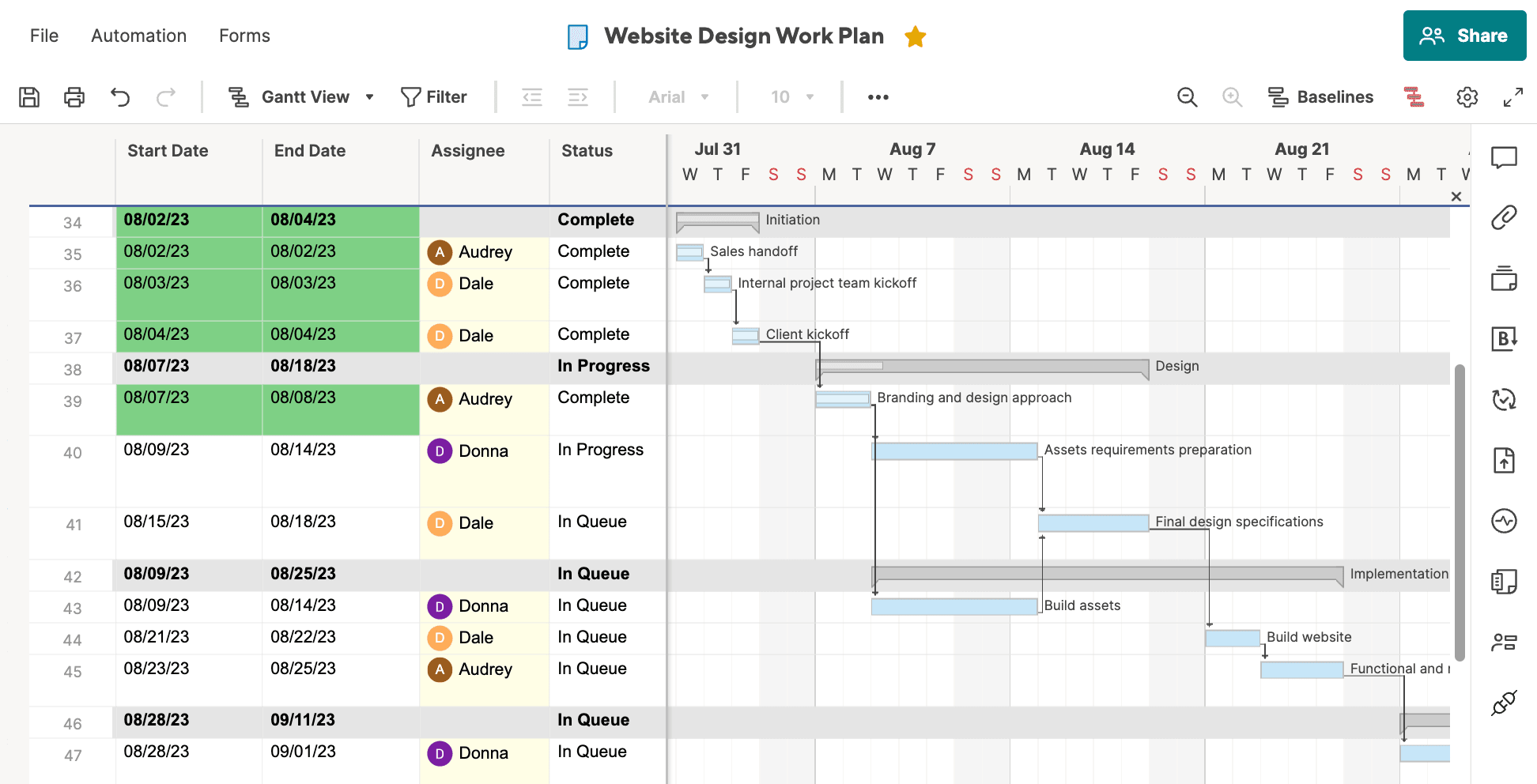
Use case
Smartsheet excels at helping organizations align workforce skills, availability, and capacity for effective project staffing while providing real-time visibility into team allocation and resource gaps.
Key features
- Resource Management by Smartsheet: workforce planning tools that track team availability, skills, and workload distribution across projects.
- Strategic workforce planning templates: pre-built templates for gap analysis, succession planning, and workforce forecasting.
- Skills-based assignments: matches team members with projects based on their competencies, availability, and roles.
Pricing
- Pro: $12/month per member.
- Business: $24/month per member.
- Enterprise: custom pricing (contact sales).
- Advanced Work Management: custom pricing (contact sales).
- Resource Management by Smartsheet: add-on pricing available.
- Free-trial: 30-day free-trial available with no credit card required.
Considerations
- Advanced features require separate add-on purchases, which can increase costs.
- The interface can feel overwhelming for new users.
14. Personio
Personio delivers an all-in-one HR platform that transforms scattered workforce planning from error-prone spreadsheets into streamlined, data-driven decisions. The platform specializes in European compliance and integrated HR functions, making it ideal for SMBs and mid-sized businesses looking to centralize their people operations.
With native workforce planning capabilities built directly into their Core Pro plan, teams can also collaborate in real time on headcount strategies without juggling multiple systems.
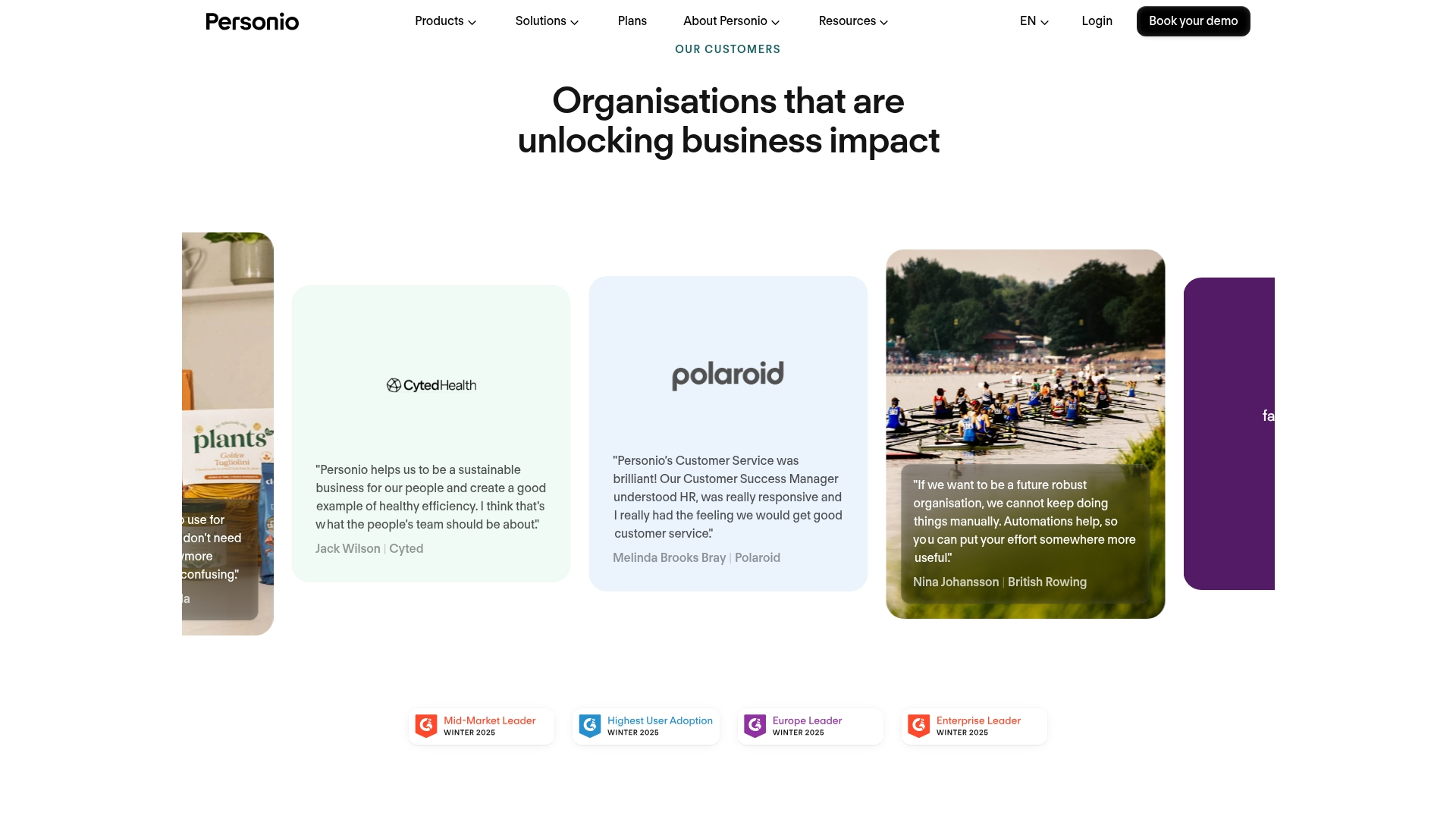
Use case
Personio excels at providing European SMBs with a unified workforce planning solution that eliminates manual spreadsheet management while ensuring compliance with local regulations.
Key features
- Real-time headcount evaluation with continuous monitoring to quickly identify vacancies and resource gaps.
- Collaborative planning cycles that enable HR teams, managers, and executives to work together on building future workforce strategies.
- Interactive organizational charts that visualize target structures and help prioritize hiring decisions based on strategic goals.
Pricing
- Core: foundation package for HR excellence (custom pricing based on company size.
- Core Pro: advanced features including workforce planning, unlimited documents, legal entity management, and API access (custom pricing).
- Setup fee: one-time setup fee based on company size.
- Savings: 10% discount for annual subscriptions paid upfront.
- Custom quotes: contact sales team for custom quotes.
Considerations
- Native workforce planning tools lack advanced scenario modelling and predictive analytics, requiring third-party integrations.
- Better suited for white-collar workforces and lacks advanced shift-based workforce management capabilities.
15. ADP Workforce Now
ADP Workforce Now delivers comprehensive HR and payroll management with powerful workforce planning capabilities built on one of the industry’s largest employee datasets. The platform specializes in compensation benchmarking and AI-driven analytics, making it ideal for mid-sized companies seeking data-driven workforce insights. With access to insights from over 42 million employees, organizations can make strategic decisions backed by real market intelligence.
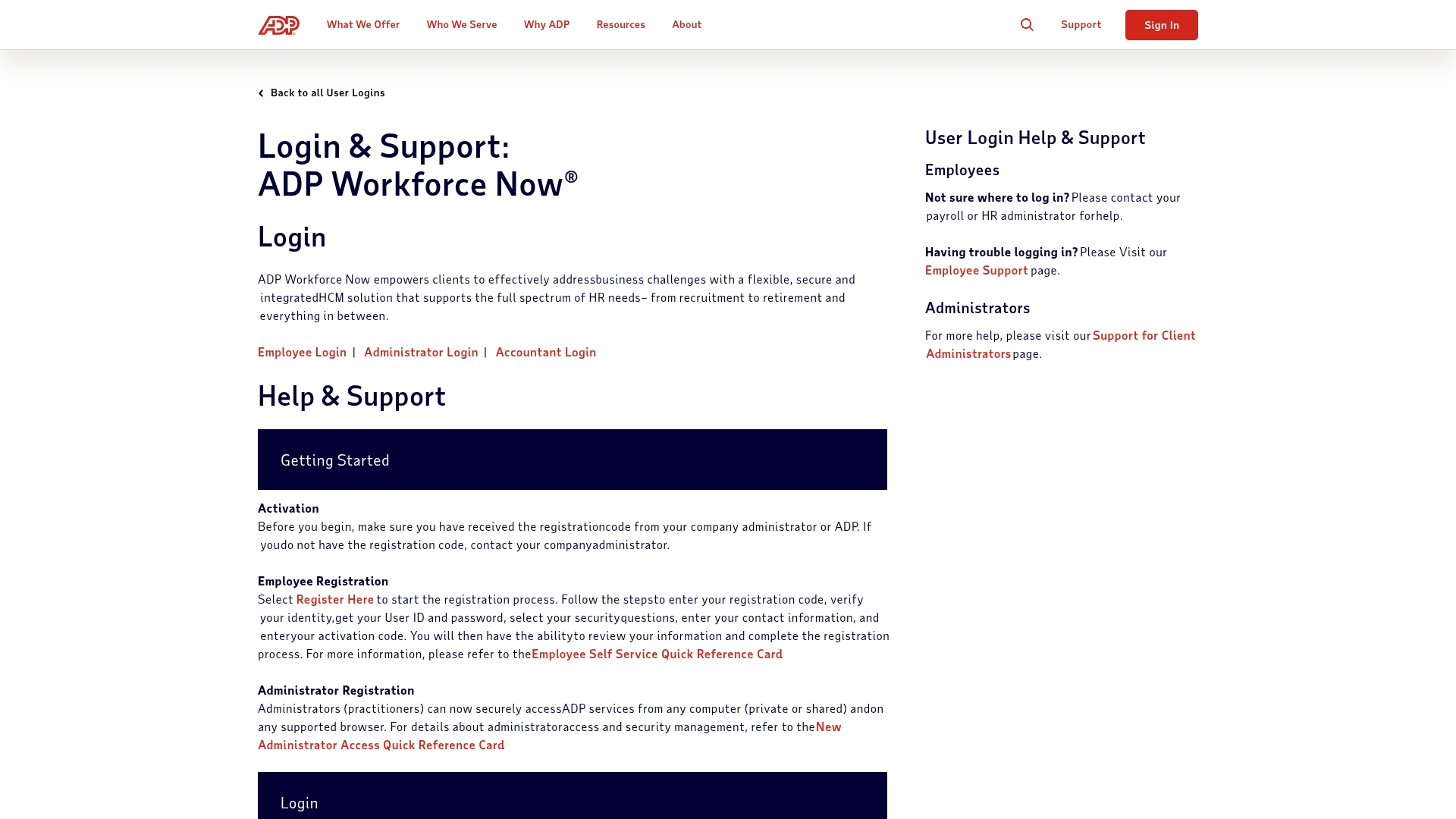
Use case
ADP Workforce Now transforms workforce planning through its proprietary ADP DataCloud, enabling organizations to benchmark compensation, analyze turnover trends, and forecast labor needs using real-world data from millions of employees.
Key features
- ADP DataCloud analytics: access compensation benchmarking and workforce insights from over 42 million employees.
- AI-powered workforce intelligence: leverage embedded AI for turnover predictions, payroll anomaly detection, and automated talent acquisition recommendations.
- Integrated HCM suite: unify payroll, HR, benefits, and workforce management data in a single platform for comprehensive visibility.
Pricing
- Custom pricing: contact ADP directly for personalized quotes based on company size and feature requirements.
- Packages available: tiers include Essential Payroll, Enhanced Payroll, Complete Payroll & HR Plus, and HR Pro.
- Add-on modules: for advanced analytics, benefits administration, and specialized planning tools.
Considerations
- Advanced strategic workforce planning features require additional modules or third-party integrations.
- Some users report that reporting tools can be complex to navigate, requiring significant training.
Accelerate your workforce strategy with monday work management
Moving forward takes more than having a talented team. It requires a unified strategy that connects individual skills to your organization’s biggest goals. When people understand how their contributions drive results, alignment becomes effortless, and your business can adapt to any challenge that comes its way.
A platform like monday work management makes that alignment possible by bringing every project, workload, and view of your team’s capacity into one connected space. You can quickly spot skill gaps before they impact progress, shift resources where they will deliver the greatest results, and keep every department focused on shared objectives.
This level of clarity transforms workforce planning from a quarterly task into an ongoing strategic advantage. It gives your organization the visibility, confidence, and agility needed to anticipate change, build stronger teams, and sustain long-term growth.
Try monday work management today and see how connected, confident planning can drive your team forward.
Frequently asked questions
What is the difference between workforce planning software and general HR planning software?
The difference between workforce planning software and general HR planning software is that workforce planning software focuses on strategically forecasting talent needs, while general HR software manages daily administrative tasks like payroll and benefits. It’s the difference between planning your future team and managing your current one.
How do these solutions integrate with existing HRIS or ERP platforms?
Most solutions integrate with your existing HRIS or ERP systems using APIs and pre-built connectors. This allows them to pull data from your current systems to power strategic forecasting.
Is scenario modelling the same as workforce forecasting software?
No, scenario modelling is a feature within workforce forecasting software that lets you test "what-if" business situations. Forecasting provides the overall prediction of future workforce needs.
Which industries benefit the most from workforce planning technology?
Industries with complex staffing, rapid growth, or high compliance — like healthcare, technology, and finance — see the greatest benefits. However, any organization looking to scale strategically will find it valuable.
Can I combine AI features with manual overrides in these platforms?
Yes, the best platforms combine AI-powered recommendations with manual overrides. This allows you to apply human context and strategic insight to the data.
What are the 7 Rs of workforce planning?
The 7 Rs form a strategic framework
for building and maintaining a high-performing workforce. They help organizations ensure every role is filled with the right talent and that resources are aligned to business priorities. The 7 Rs stand for:
 Get started
Get started 


